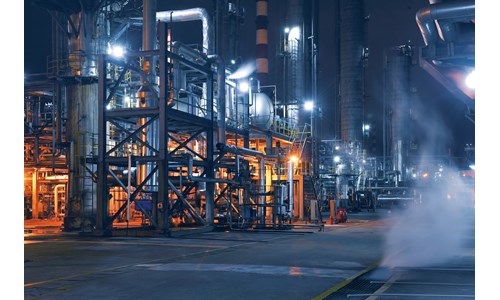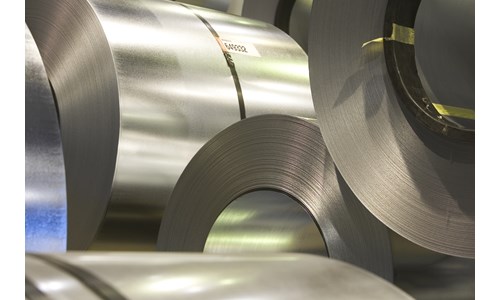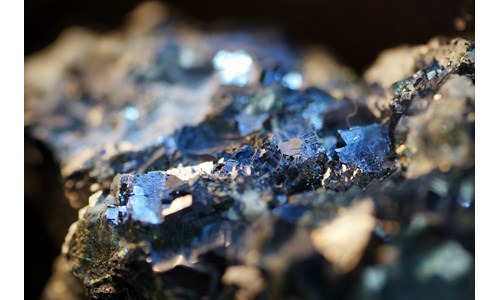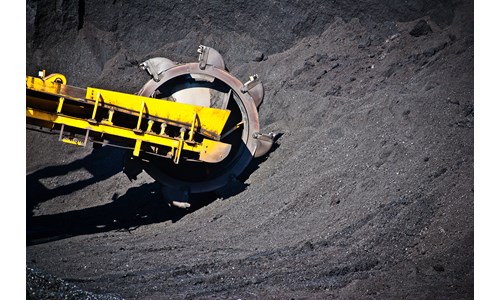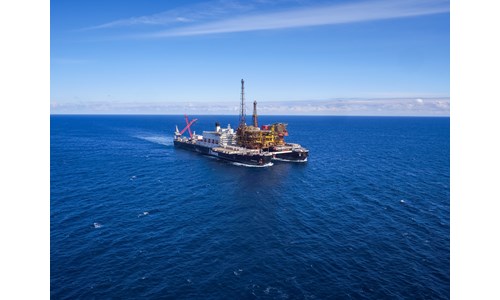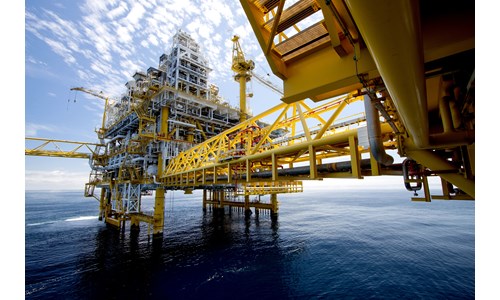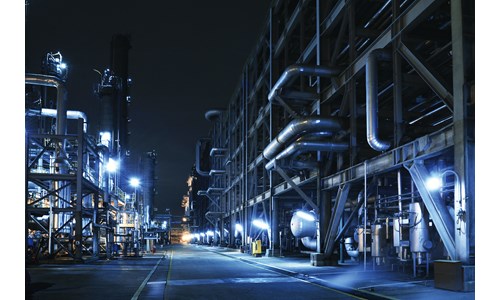Metals and mining scope 3 targets: unearthing a pathway to a net zero supply chain (part 2)
*Please note that this report only includes an Excel data file if this is indicated in "What's included" below
Report summary
Table of contents
- Unearthing a pathway to supply-chain net zero
- Executive summary
- Four broad scope 3 strategies in metals and mining
- Segmentation based on risk and reward can guide scope 3 strategies for interim targets
- Collaboration is essential, but barriers require a varied pace of ambition
Tables and charts
This report includes the following images and tables:
- In the first insight we assessed the four broad scope 3 strategies have emerged in metals and mining:
- Scope 3 strategy risk-reward matrix
- Barriers to addressing downstream scope 3 emissions
What's included
This report contains:






